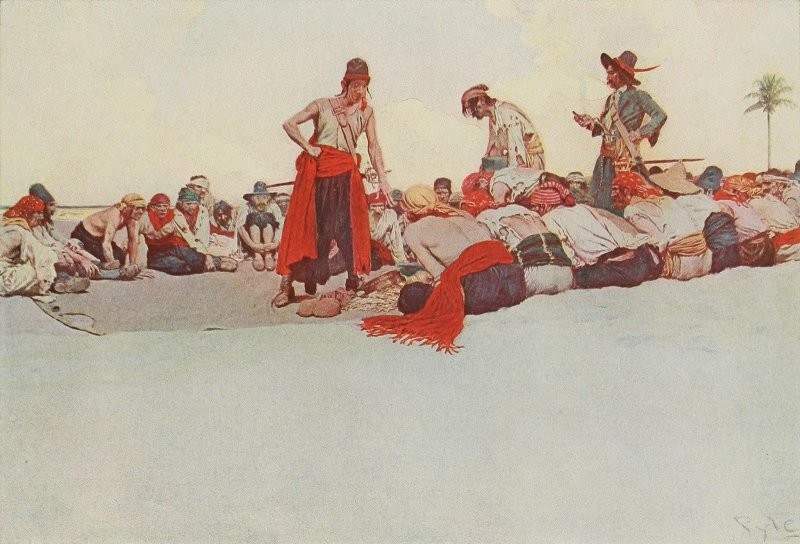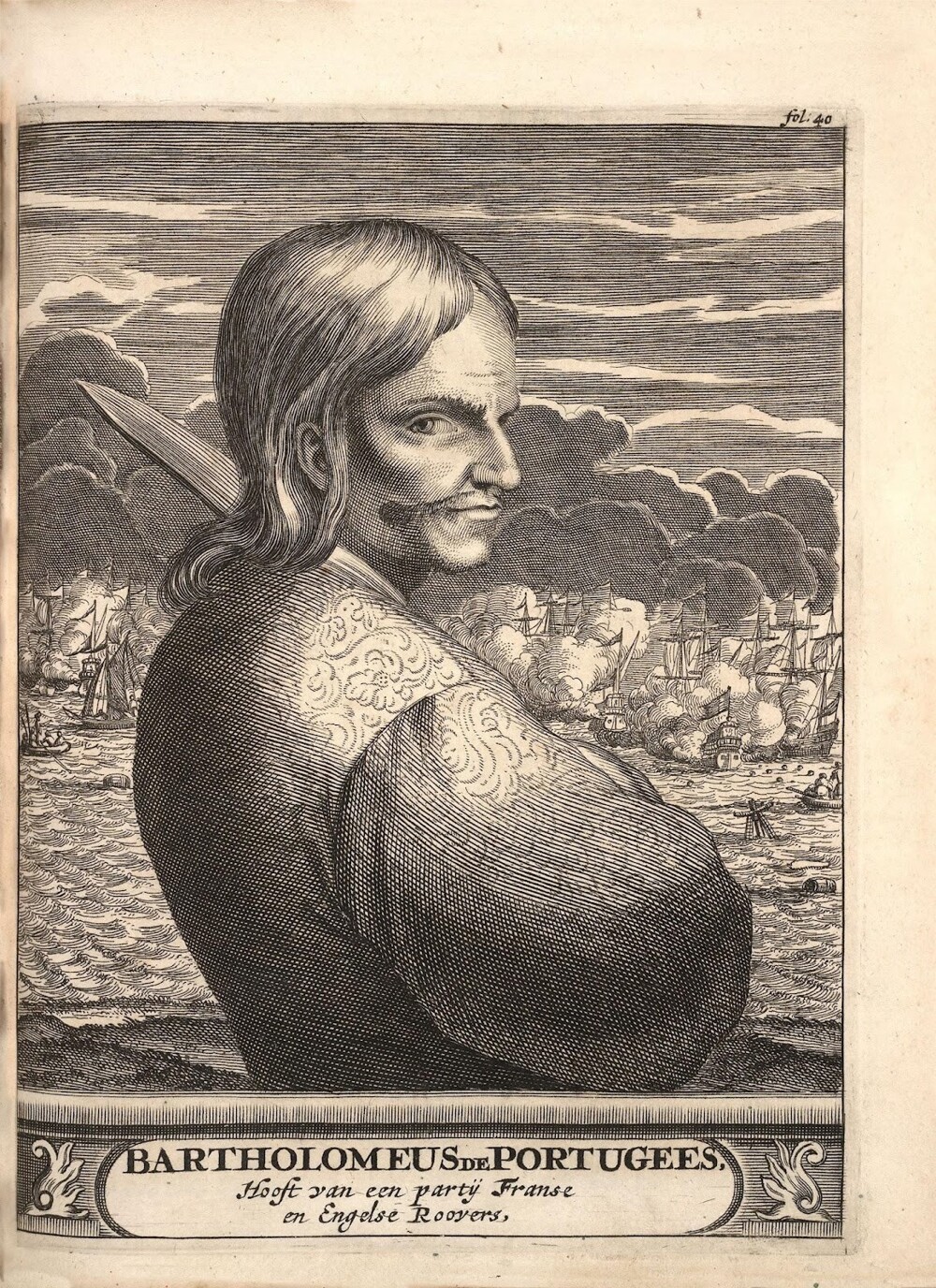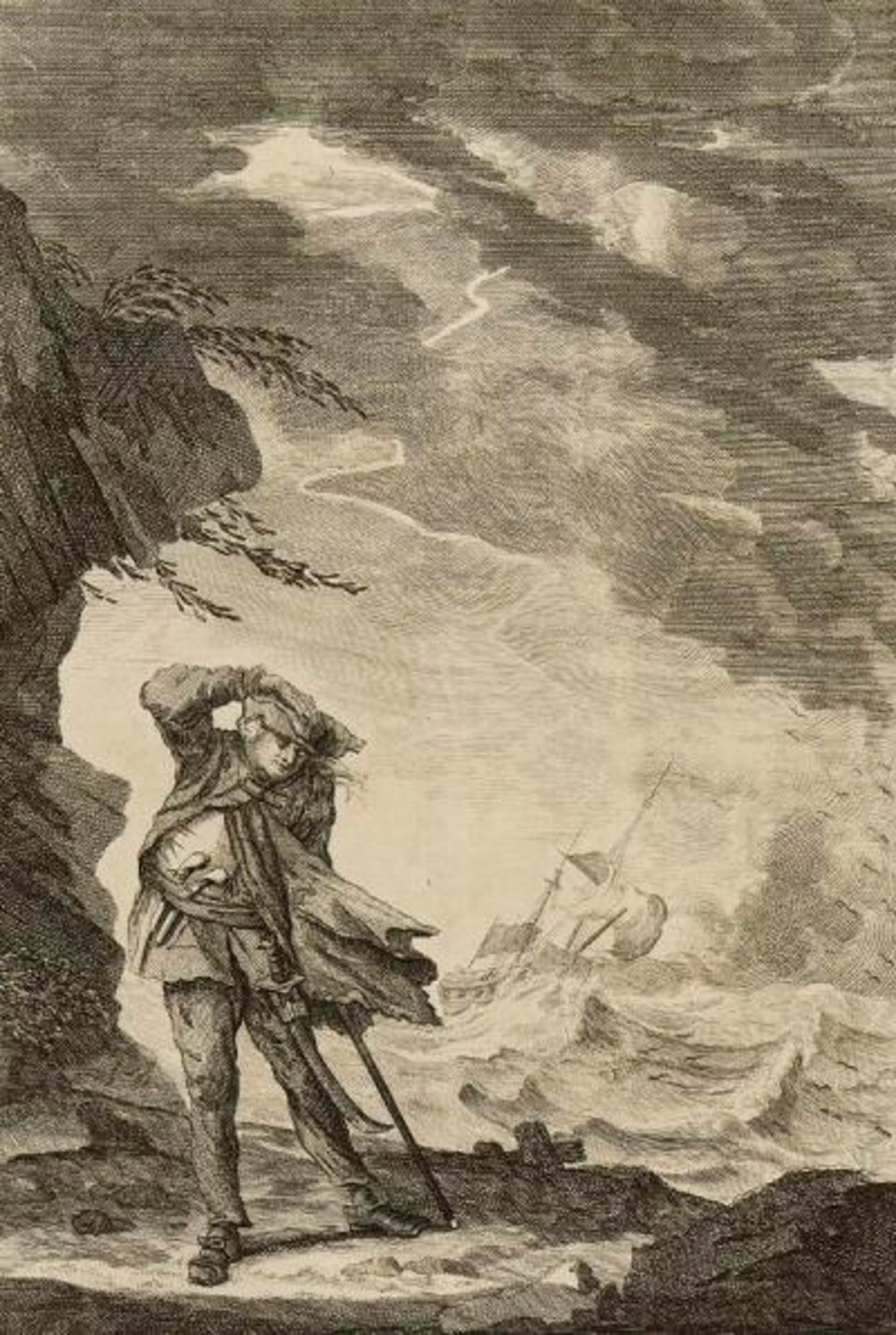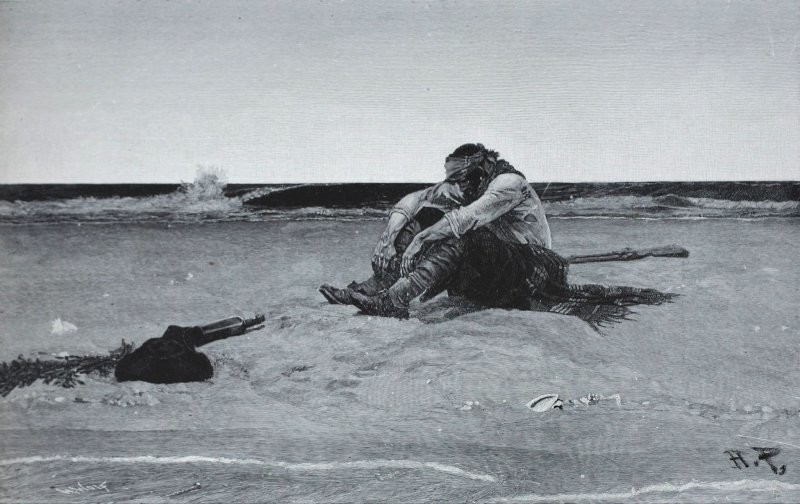Pirate Code - myth or reality? How pirates agreed among themselves (6 photos)
Desert islands, shabby maps with a cross, a captain at the helm and his parrot - all these cliches and images often come to mind when mentioning pirates. However, as often happens, they have little to do with reality. For example, pirate codes are perceived by the majority as something from books or films that did not really exist. 
“So, the spoils are divided!” Howard Pyle, 1905
But was it really so? To many, the phrase “Pirate Code” will seem something like the “Law of the Jungle” from the works of Rudyard Kipling. It would seem, why does a team of thugs and murderers, who walk the edge every day, need some kind of collection of rules? After all, among the pirates, only a few could read and write. Nevertheless, the “Code of Conduct”, or “Pirate Code”, actually existed. And not even in one edition or form.
One of the first mentions of pirate codes dates back to the early 1660s and is associated with the name Bartolomeo, or Bartholomew of Portugal. This pirate became famous both for his cruelty towards his enemies and for his ability to get out of seemingly hopeless situations. Perhaps one of the reasons for this was the set of rules that he came up with and instilled in his people. However, the fact that Bartolomeo was the first pirate to come up with the code is known only from indirect evidence. The first documented compiler of certain pirate laws is the Irish pirate George Cusack, who traded between 1668 and 1675.
Collections of rules and codes of pirates were based on even earlier maritime law, which came from the 12th century. Their primary source is considered to be the so-called Oleron Scrolls. This is one of the oldest collections of maritime law known today. The origins of the Oleron Scrolls themselves go back to Ancient Greece and the rules that reigned on the island of Rhodes among sailors and traders. 
Bartolomeu of Portugal, illustration for the book “The Buccaneers of America”
One way or another, with the spread of piracy around the world, various types of pirate codes began to spread. Basically, these sets of rules and contracts included an agreement on the share of each of the team in the division of spoils, compensation for the wounded and maimed, rules of discipline and behavior. The codes were known by various names, such as "Jamaican Discipline" or "Customs of the Coast". Some of the items may have changed from captain to captain or from voyage to voyage, but in general such changes were not too great.
When joining the team, each new member was brought to understand the rules established in the team. Since most pirates were illiterate, this was most often done orally. After this, the new pirate swore that he would comply with the norms of behavior voiced to him. Basically, the oath was taken on Bibles, but evidence of the laying on of hands on boarding axes, pistols, sabers, and human skulls has been preserved. In some places it was common to take the pirate oath even while sitting astride a cannon. The rules themselves, written on paper, were often nailed to the doors of the captain's cabin for all to see. 
Pirates sign the code, illustration in the book "Jolly Roger Pirates", 1936
At the time of publication of the article, nine fully or partially preserved pirate codes are known. Most of them were described in the book by Charles Johnson, “A General History of the Robberies and Murders Committed by the Most Famous Pirates.” The book became a landmark in popularizing piracy in the social consciousness. Some modern scientists have expressed the opinion that it was she who greatly influenced today's ideas about pirates. The identity of the author remains a mystery. Some researchers believe that it could be the famous writer Daniel Defoe.
Despite the widespread prevalence of piracy, the reason that only nine copies of the codex have survived is that pirates, when threatened with capture, destroyed their papers. They rightly feared that the documents could be used against them at trial.
Another interesting feature of the codes was that they were forced to sign by every ship that joined the crew. On the other hand, there are cases where some new pirates asked other, older ones, when captured, to confirm that they were forced to sign the code by force. Then, at trial, the recruits could appeal to the fact that they were forced to participate in illegal activities.wyah against my will. And, judging by some surviving documents, sometimes this argument worked quite well. 
Edward Lowe, British pirate and one of the authors of his version of the pirate code
The code also regulated the attitude of pirates towards their colleagues in the craft who “retired” for one reason or another. For example, a pirate who lost an arm or a leg during an affair could receive a substantial “severance pay” and choose where to settle on shore. Although fictitious, John Silver from the famous novel “Treasure Island” can still be considered an example of this. The crippled, but respected by the crew, the pirate received enough money to open his own business and end his days in peace and quiet on land. Thus, discipline on pirate ships was maintained not only by threats of immediate death, but also by a clear understanding that a crew member would not be abandoned and that his fate would be taken care of. Naturally, if he does not violate the code. 
A pirate marooned on a desert island. Howard Pyle, 1905
One famous example of punishment for violations was landing on a desert island with a minimum of supplies and a pistol with one bullet. Mentions of such punishments are found in almost all surviving codes. Interestingly, the punishment could be temporary. After a couple of months of sailing, the ship could return for the offending pirate and take him back on board.
In conclusion, it is worth saying that, despite the seeming fantasy and fabulousness, pirate codes really existed and worked. Despite all the literary and cinematic romance, pirates were ruthless sea robbers. But even in such a structure it was impossible to do without a set of rules that would regulate the relations of thugs with each other, resolve conflicts that arise and provide at least some guarantees for a future peaceful life. As some scholars have noted, there were times when the average pirate was much more confident in his fate and future than a sailor hired ashore on board a ship of one of the major powers. And the basis of such confidence was that same semi-legendary document - the Pirate Code.























